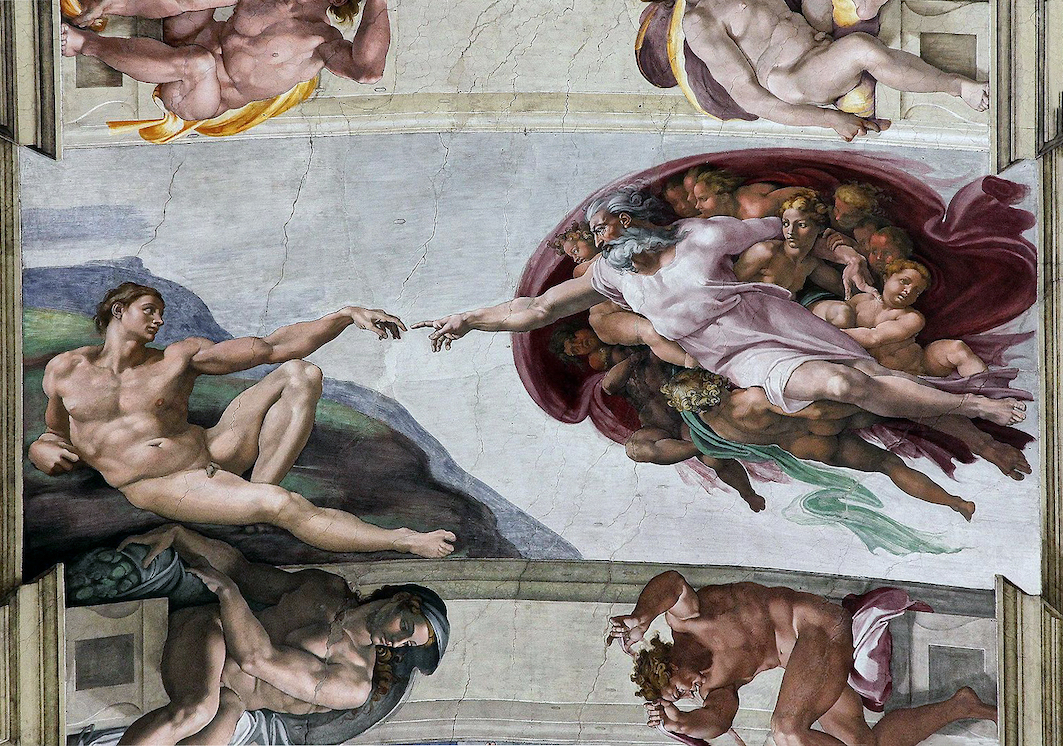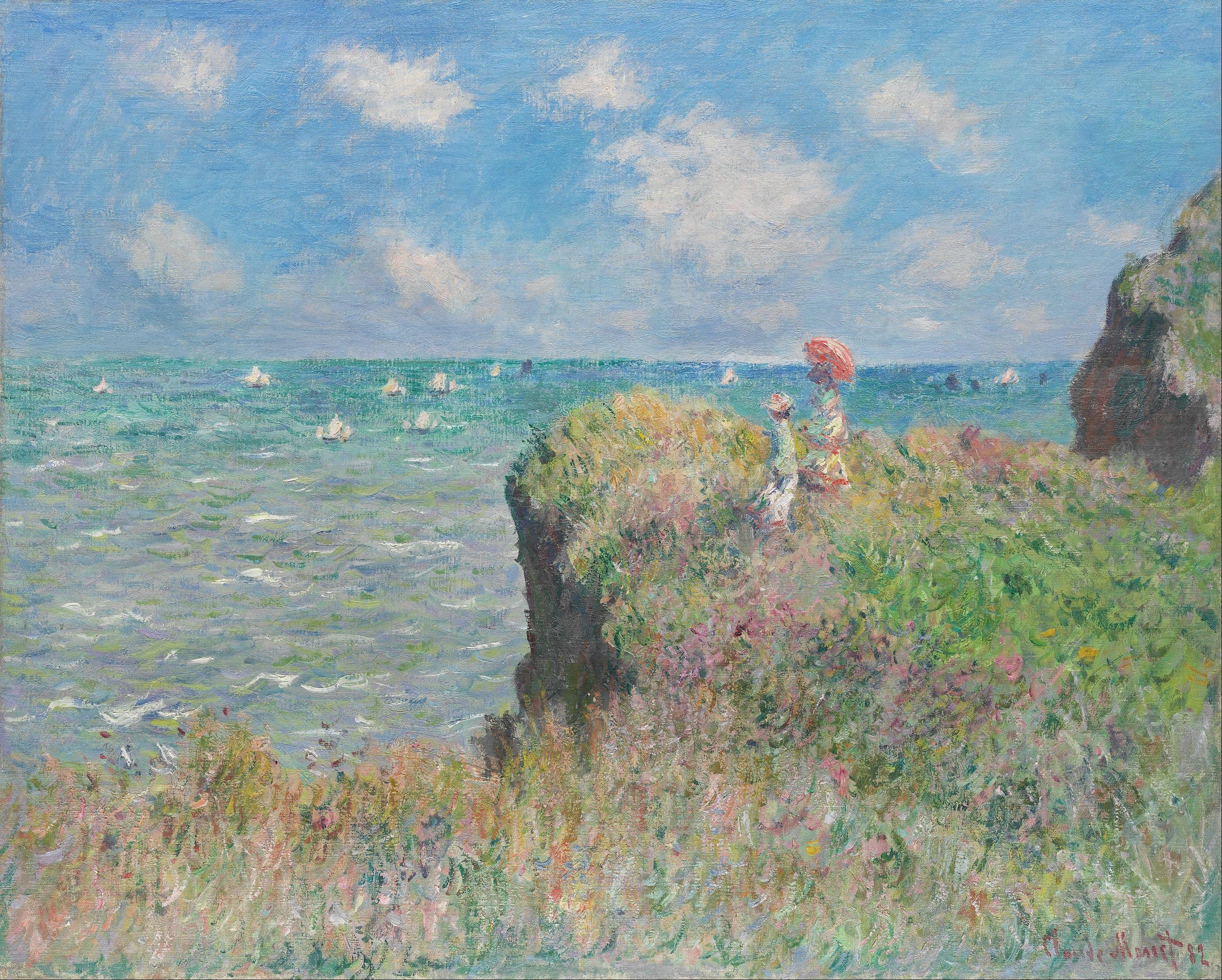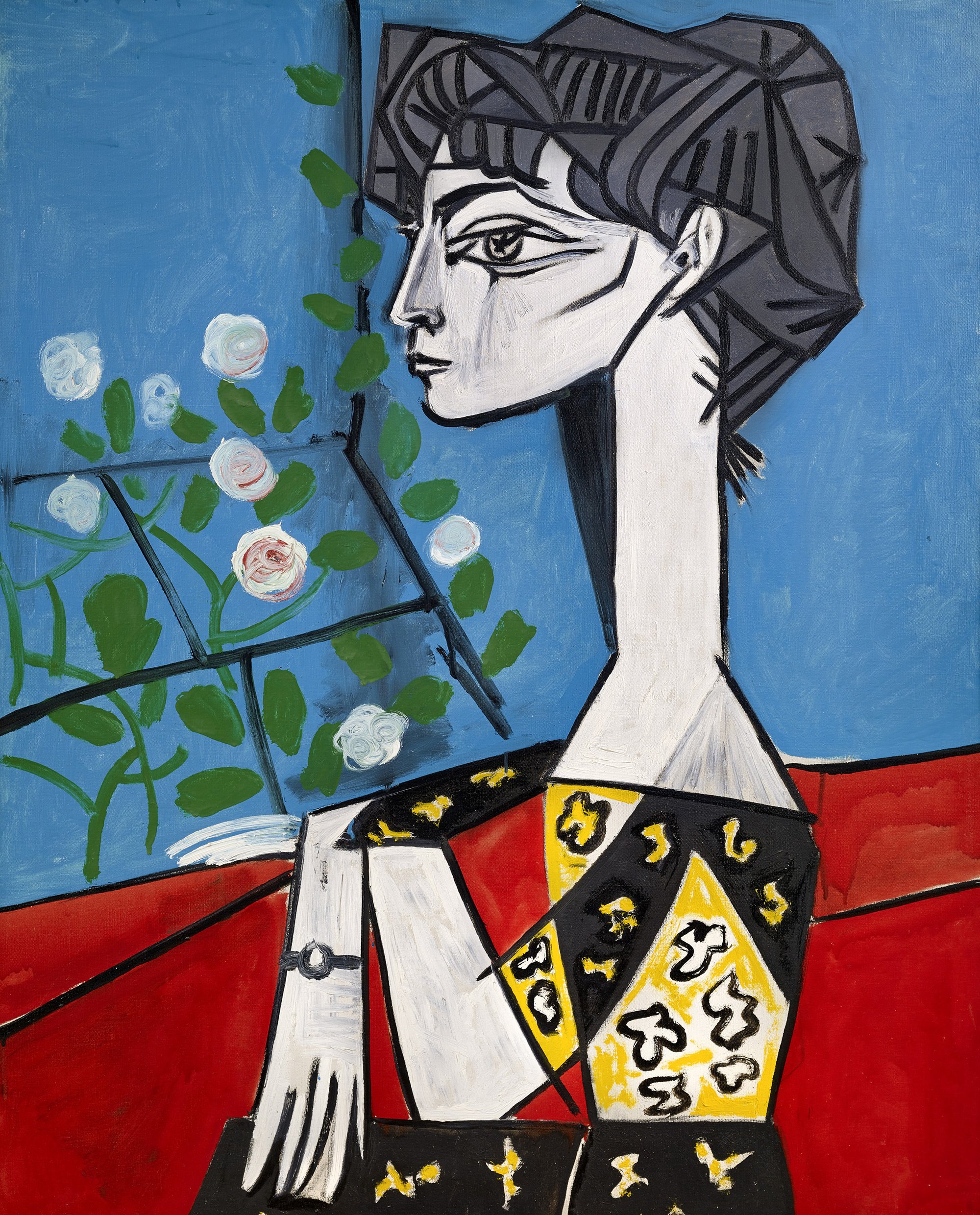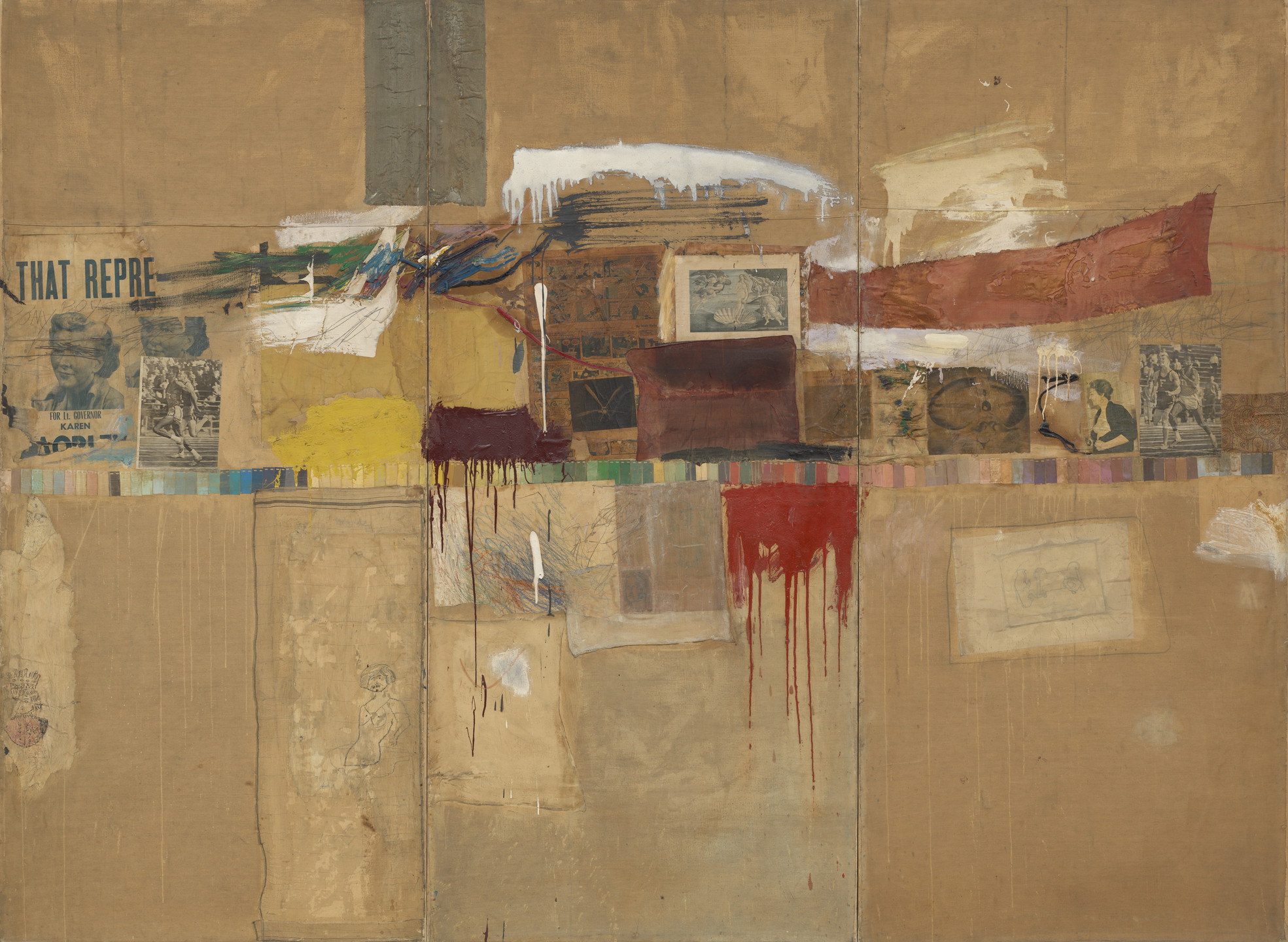Explore the journey of art materials from ancient frescoes to digital tools and their impact on creative expression throughout history.
Art has always been a reflection of human culture, emotions, and intellect, and the materials used in its creation have played a crucial role in its evolution. From the ancient frescoes that adorned the walls of temples and palaces to the digital canvases of today’s artists, the journey of art materials is a testament to human ingenuity and creativity. This article delves into the evolution of art materials, exploring how each era’s tools have shaped artistic expression and transformed the world of art.
The Beginnings: Frescoes and Ancient Pigments
The story of art materials begins with the earliest known forms of visual expression, where natural pigments and rudimentary tools were used to create enduring works of art.

Frescoes: Art on Plaster
One of the oldest and most enduring art forms is the fresco, a technique where pigments mixed with water are applied to wet plaster. As the plaster dries, the colors become an integral part of the wall, creating vibrant and long-lasting images. This method was widely used in ancient Egypt, Greece, and Rome, with some of the most famous examples found in the Sistine Chapel, where Michelangelo’s masterful frescoes continue to awe visitors.

Frescoes required meticulous planning and swift execution, as the artist had to work within the narrow window before the plaster dried. The limited color palette and the challenge of working on large surfaces shaped the development of bold, expressive compositions that emphasized form and storytelling.
Natural Pigments
Early artists relied on natural pigments derived from minerals, plants, and animals. These pigments were mixed with binders such as water, egg yolk, or oil to create paints. Earth tones like ochre, red iron oxide, and charcoal black were common, with lapis lazuli providing the rare and precious blue used in the most important works.
These natural pigments set the foundation for the development of more complex and varied color palettes, influencing the styles and techniques of subsequent art periods.
The Renaissance: The Birth of Oil Painting
The Renaissance was a period of immense innovation in art materials, leading to the development of oil paints, which revolutionized the way artists worked and expressed themselves.

Oil Paints: A New Medium
Oil painting emerged in the 15th century and quickly became the dominant medium in Western art. Made by mixing pigments with linseed oil or other drying oils, oil paints offered artists unprecedented flexibility. The slow drying time allowed for detailed blending and layering, creating rich textures and deep, luminous colors.
Artists like Leonardo da Vinci, Jan van Eyck, and Rembrandt mastered the use of oil paints, pushing the boundaries of realism and depth in their work. The ability to build up layers, glaze, and create subtle transitions of light and shadow transformed the artistic landscape, leading to some of the most iconic masterpieces in art history.

Canvas: A Portable Surface
The use of canvas as a painting surface also gained popularity during the Renaissance, replacing the heavier and more cumbersome wooden panels. Canvas offered a lighter, more flexible support, which could be easily transported and stored. This innovation allowed artists to work on larger scales and contributed to the rise of easel painting, making art more accessible and mobile.
The Industrial Age: Synthetic Colors and Mass Production
The Industrial Revolution brought about significant advancements in art materials, making them more accessible and affordable. The invention of synthetic pigments and the mass production of art supplies democratized art, allowing more people to engage in creative activities.

Synthetic Pigments
The 19th century saw the introduction of synthetic pigments, which expanded the artist’s palette with vibrant and stable colors. Pigments like cadmium yellow, cobalt blue, and chrome green became widely available, offering new possibilities for expression.
These synthetic colors were more affordable and consistent than natural pigments, enabling artists to experiment with brighter and more varied color schemes. This period saw the rise of movements like Impressionism, where artists like Claude Monet and Vincent van Gogh explored the effects of light and color with unprecedented freedom.

Ready-Made Paints and Tubes
The invention of the metal paint tube in the mid-19th century was another game-changer for artists. Previously, artists had to grind pigments and mix paints themselves, a time-consuming and labor-intensive process. The introduction of pre-mixed, ready-made paints in tubes allowed artists to focus more on the creative process and work en plein air, or outdoors, capturing the changing light and atmosphere directly from nature.
The Modern Era: Acrylics, Mixed Media, and Beyond
The 20th century was a period of experimentation and innovation in art, with new materials and techniques emerging to challenge traditional boundaries.

Acrylic Paints
Acrylic paints, developed in the 1940s, offered a versatile and fast-drying alternative to oil paints. Made from pigments suspended in a water-based acrylic polymer emulsion, acrylics could be used on various surfaces and manipulated to mimic the effects of oil, watercolor, or even tempera.
Acrylics quickly gained popularity among artists for their durability, ease of use, and vibrant colors. They became a staple in the work of contemporary artists, who valued the medium’s adaptability and the ability to layer and texture without the long drying times associated with oils.

Mixed Media and Collage
The modern era also saw the rise of mixed media and collage, where artists combined different materials and techniques to create new forms of expression. This approach broke down the barriers between fine art and craft, allowing for greater experimentation and the incorporation of non-traditional materials like fabric, newspaper, and found objects.
Artists like Pablo Picasso and Robert Rauschenberg embraced mixed media, using it to explore themes of abstraction, identity, and consumer culture. This period marked a shift towards conceptual art, where the idea behind the work became as important as the materials used to create it.
The Digital Age: Art in the Virtual Realm
Today, the evolution of art materials has reached the digital realm, where technology has opened up new possibilities for creation, distribution, and interaction.
Digital Tools and Software
Digital art tools, such as graphic tablets, styluses, and advanced software like Adobe Photoshop and Procreate, have revolutionized the way artists work. These tools allow for endless experimentation with color, texture, and form, all without the limitations of physical materials. Digital art can be easily edited, duplicated, and shared, making it accessible to a global audience.
Digital painting, 3D modeling, and animation have expanded the definition of what art can be, giving rise to new genres and techniques. Artists can now create immersive environments, interactive experiences, and digital installations that challenge traditional notions of art.

NFTs and Blockchain Technology
The advent of blockchain technology and Non-Fungible Tokens (NFTs) has further transformed the art world, allowing digital art to be bought, sold, and owned as unique assets. This development has opened new avenues for artists to monetize their work and for collectors to invest in digital art, creating a vibrant and dynamic digital art market.
NFTs have also sparked debates about the nature of ownership, authenticity, and the environmental impact of digital art, highlighting the complex relationship between technology and the art world.
Conclusion
From the ancient frescoes of Italy to the digital canvases of today, the evolution of art materials has been a journey of innovation and creativity. Each era’s tools and techniques have shaped the way artists express themselves, pushing the boundaries of what is possible and redefining the concept of art. As we continue to explore new materials and technologies, the future of art promises to be as dynamic and transformative as its past, offering endless possibilities for creative expression.
